After a bill proposes raising the age of legal marriage for women from 18 to 21, young schooling girls from Jharkhand where child marriage and dowry laws are openly rejected and violated, tell Sunday mid-day it could in fact tie their hands
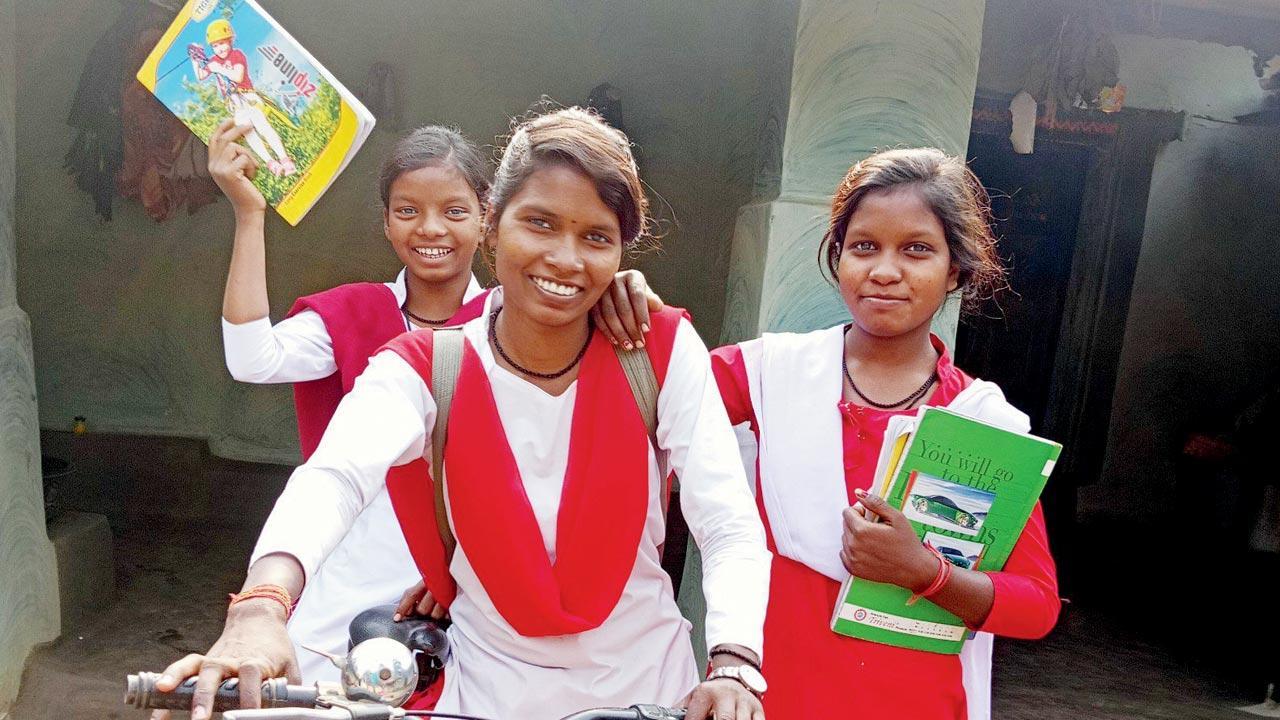
Aarti Kumari (centre), Class XII student and resident of Rajdaha village in Deoghar district, Santhal Parganas division of Jharkhand, says post the announcement of the new bill, the poor are worried.
In the villages of Deoghar district in the Santhal Parganas division of Jharkhand, every woman is either called Kumari or Devi. If she is the youngest among her siblings, she’s probably a Chhutki. Otherwise, she is Badki, meaning big sister. “Women are not used to being addressed by their first names,” says Namrata Sharma, a development practitioner working at Quest Alliance, a not-for-profit trust that equips young people with skills by enabling self-learning.
Over a decade ago, when Sharma moved from Meghalaya to work in the region, these peculiarities stood out like a sore thumb. “Their identity was entirely shaped by their male relatives. She was so-and-so’s daughter, sister, wife or mother.” With young women being encouraged to pursue education, a lot is changing in the region. And, yet not, thinks Sharma.
 Namrata Sharma, development practitioner, Quest Alliance
Namrata Sharma, development practitioner, Quest Alliance
Marriage conversations here still start very early. A rishta is made “pakka” when the girl “comes of age”, with dowry negotiations beginning soon after. By the time she is 15, she is sent to her husband’s home, where early motherhood often takes a toll on her body.
It’s in this environment—where child marriage and dowry laws are openly rejected and violated—that young women from the village, working with the Quest Alliance team, were informed about a new development that took place last week during the Winter Session of Parliament.
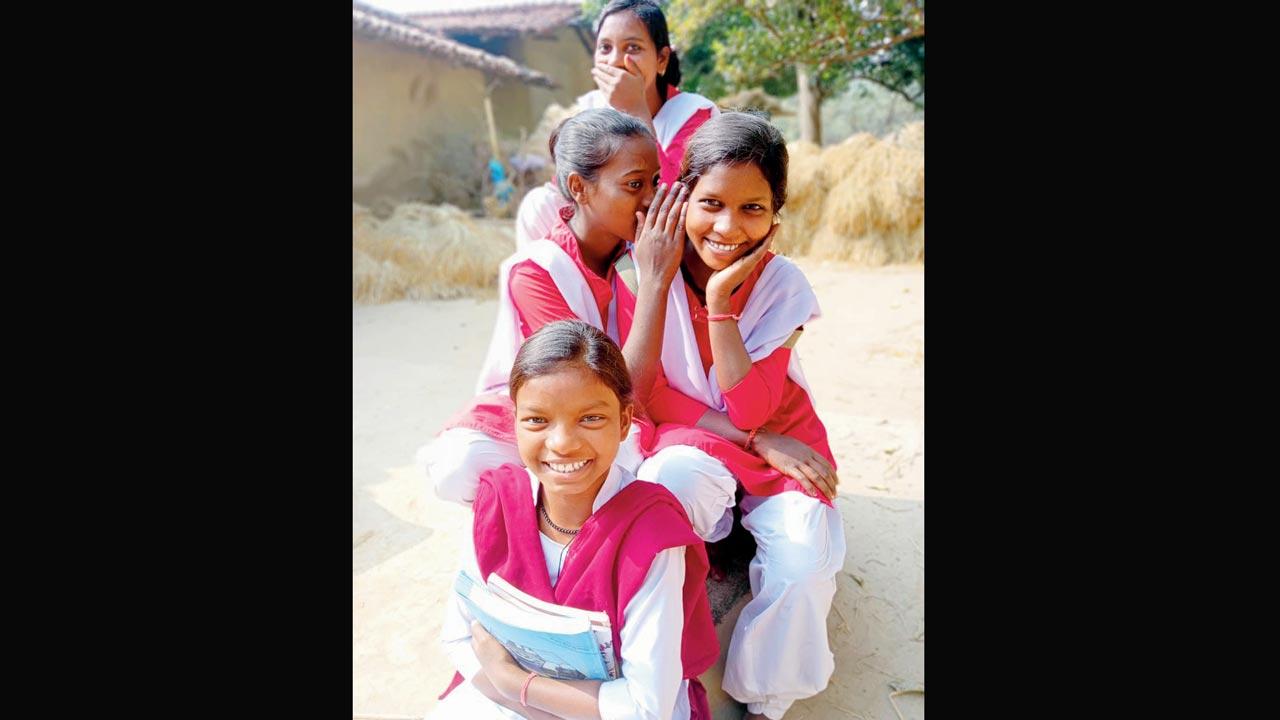 In Deoghar, Jharkhand, girls are married at puberty because of poverty, absence of middle and senior schools within their villages to allow them to continue studying, and higher dowry demanded for older girls. Pic/Aarti Kumari
In Deoghar, Jharkhand, girls are married at puberty because of poverty, absence of middle and senior schools within their villages to allow them to continue studying, and higher dowry demanded for older girls. Pic/Aarti Kumari
On Tuesday, Union Minister for Women and Child Development Smriti Irani, introduced The Prohibition of Child Marriage (Amendment) Bill, 2021, in the Lok Sabha. The bill that proposed amendments to the 2006 law seeking to raise the age of legal marriage for women from 18 to 21, has been sent to a Parliamentary Standing Committee for further discussion. Speaking in LS, Irani had said that the proposed legislation was secular, and would apply to all communities. “We are 75 years late in providing equal rights to men and women to enter into matrimony. In the 19th century, the marriageable age for women was 10 years. By 1940, it was increased to 12-14 years. In 1978, women who reached the age of 15 were married. For the first time, through this Bill, men and women, keeping in mind the right to equality, can decide on their marriage,” she had said.
The bill comes in the wake of recommendations by a 10-member task force led by ex-Samata Party leader Jaya Jaitly, formed by the Union Ministry for Women and Child Development in June 2020, to look into its feasibility. The mandate was to study “matters pertaining to the age of motherhood, imperatives of lowering MMR (maternal mortality rate), improvement of nutritional levels and related issues”.
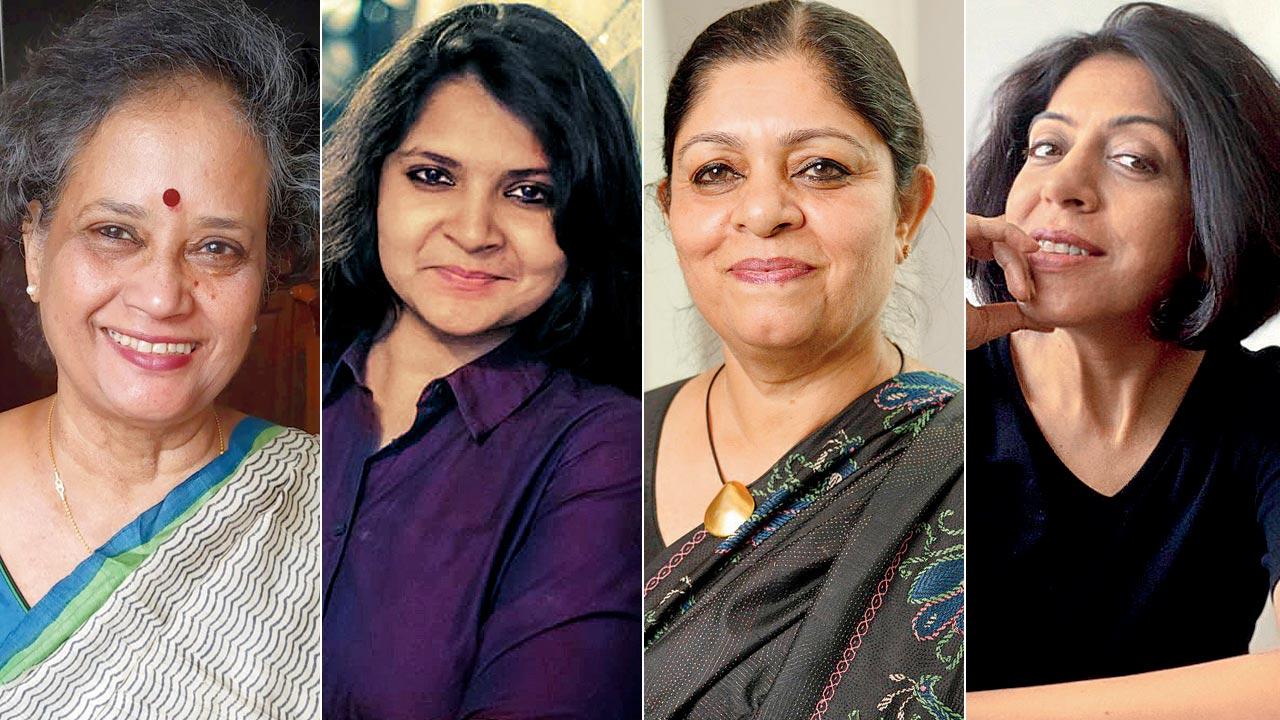 Dr AL Sharada, Kanksshi Agarwal, Poonam Muttreja and Leena Kejriwal
Dr AL Sharada, Kanksshi Agarwal, Poonam Muttreja and Leena Kejriwal
The excitement among the girls from Deoghar is palpable, but they are also aware that this means little to their neighbours and villagers. The poor, especially, are a nervous wreck. “If their daughters remain unmarried till 21, unko bahut taane sunne padenge,” says Aarti Kumari, 22, a resident of Rajdaha village, Madhupur in Deoghar district, who works with Quest Alliance.
Aarti’s comment is a reflection of the very complex social fabric that governs this region of Jharkhand, where child marriages are rampant—the state has been listed third in the high child marriage prevalence states list by the National Family Health Survey-4, 2015-16.
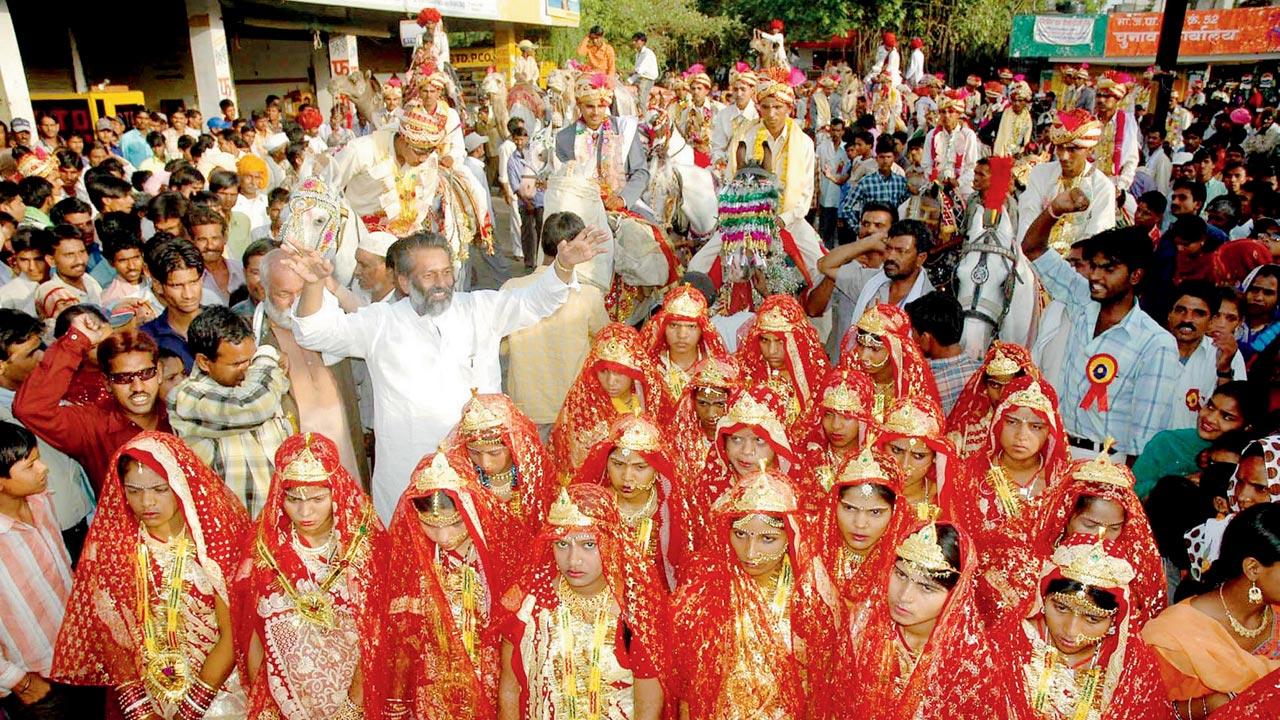 In this file picture taken in April 2006, young women under the age of 18 were married in a mass wedding ceremony on the occasion of Akshya Tritya, in the village of Funda, 30 km from Bhopal. Pic/Getty Images
In this file picture taken in April 2006, young women under the age of 18 were married in a mass wedding ceremony on the occasion of Akshya Tritya, in the village of Funda, 30 km from Bhopal. Pic/Getty Images
It’s also why the bill, though considered well-intentioned, has garnered mixed responses. Population Foundation of India (PFI), a national non-profit organisation that promotes and advocates for the effective formulation and implementation of gender sensitive population, health and development strategies and policies, said that “increasing women’s age of marriage was akin to treating symptoms instead of the cause”. Sharma echoes this sentiment. “If you look at the ground reality, the child marriage law has never been effective. It was 18 years for girls all this while, and despite that we have witnessed so many cases of 14 and 16 year olds getting married in Jharkhand,” Sharma tells mid-day in a telephonic interview.
Poonam Muttreja, executive director, PFI, shares cold facts: “Despite the existing law having been in place for decades, according to the recently released National Family Health Survey-5 data, 23.3 per cent of women (age 20-24 years) reported that they got married before the age of 18, a marginal decline from 27 per cent in 2015-16 (NFHS 4).” “[So], while legal enactment may be a necessity, it is far from sufficient to decrease the number of child marriages.”
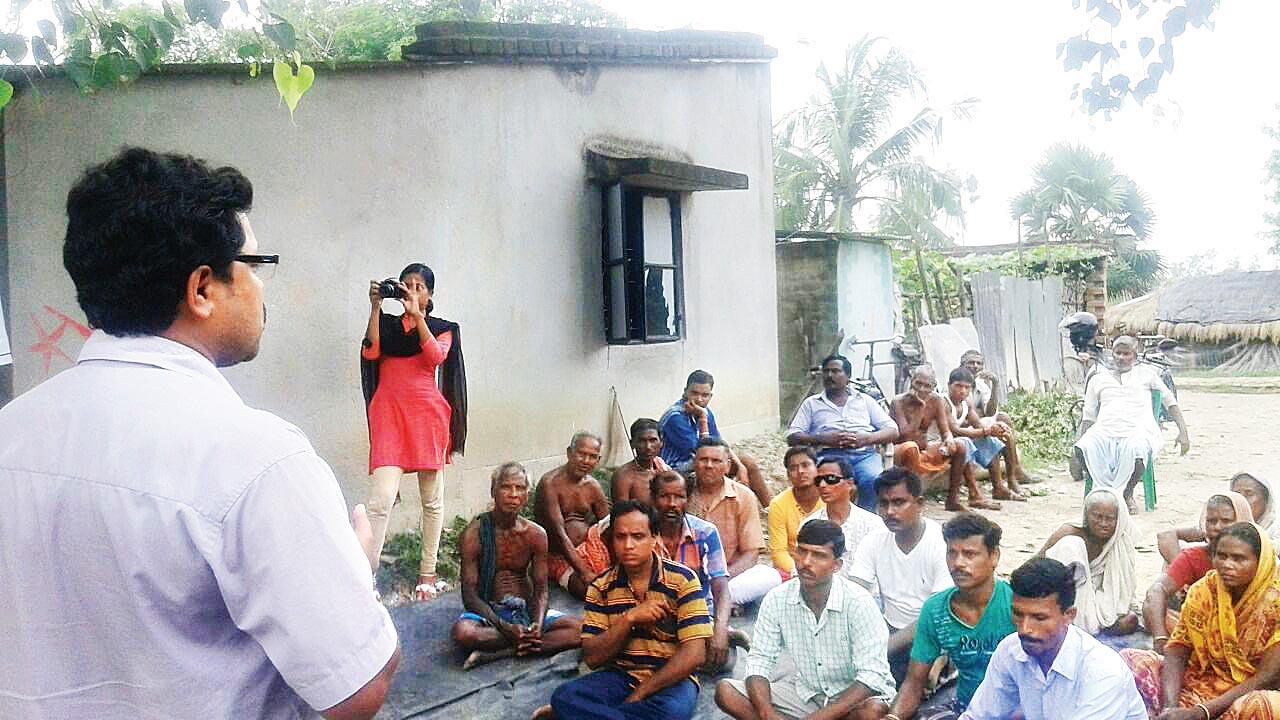 The Missing Link Trust has been reaching out to families in the Sunderbans, counselling them and discussing the cons of early marriage, and its repercussions on a girl’s health and wellbeing. “We also let them know about the implications of violating the law,” says Prabir Mishra, Sunderbans Coordinator
The Missing Link Trust has been reaching out to families in the Sunderbans, counselling them and discussing the cons of early marriage, and its repercussions on a girl’s health and wellbeing. “We also let them know about the implications of violating the law,” says Prabir Mishra, Sunderbans Coordinator
Sharma adds, “I am afraid that it might put off many parents, especially in rural areas, from having girl children.”
Afew years ago, Quest Alliance, having noticed a lot of girls in Jharkhand drop out early from school, started making door-to-door visits to understand the cause. “One of the major reasons was poverty, of course. Some girls also had to assist their families in running the household and looking after younger siblings. Lack of access to higher education in their villages, which meant travelling miles to attend middle or senior school, was another deterrent,” says Sharma. But, child marriage appeared to be a reason that directly or indirectly influenced all other factors.
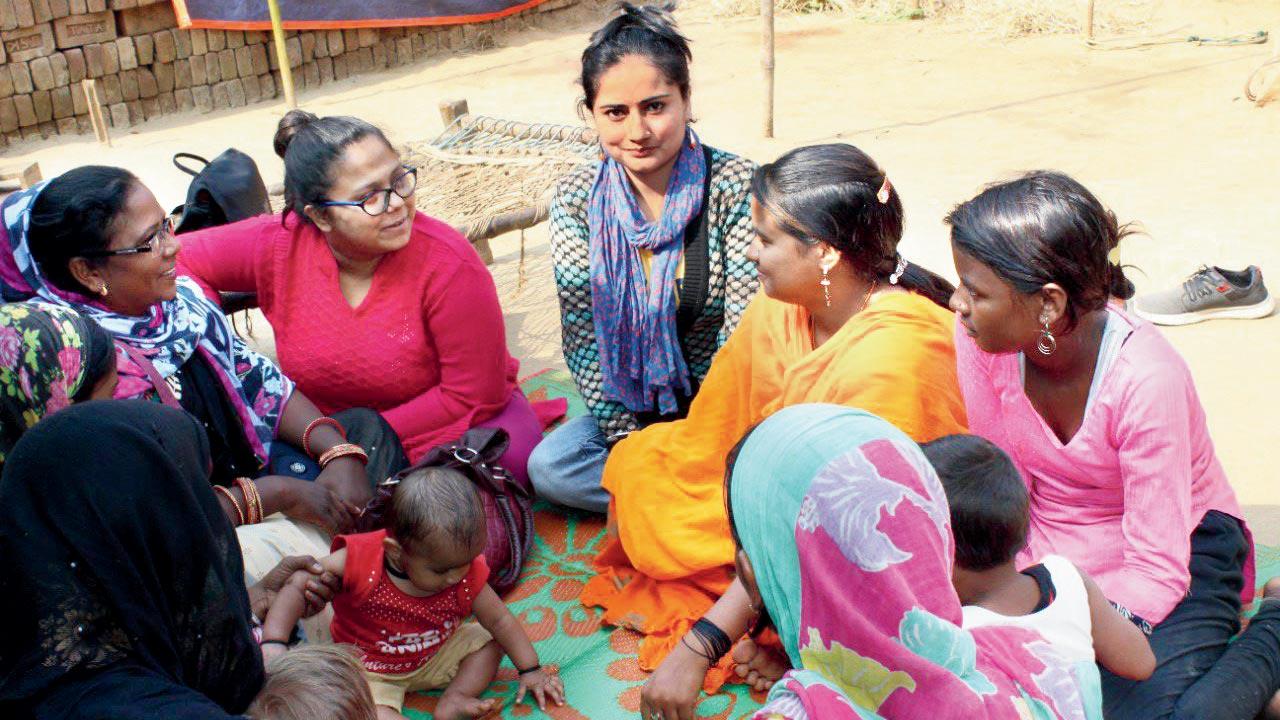 Namrata Sharma (centre), a development practitioner working at Quest Alliance, a not-for-profit trust that equips young people with skills by enabling self-learning, says that policy making and change must take into account socio-economic realities on the ground
Namrata Sharma (centre), a development practitioner working at Quest Alliance, a not-for-profit trust that equips young people with skills by enabling self-learning, says that policy making and change must take into account socio-economic realities on the ground
Sharma says that in rural Jharkhand, educating women is seen as a liability rather than a boon. “Firstly, the opportunities for them to work, are few and far between. Most women prefer teaching or taking up government jobs, but it’s really hard to find employment in these sectors.” This leaves marriage as the only end goal. There’s also a prevailing, regressive mentality around “older, educated girls”. “The more she studies, the more they feel it will be difficult to ‘tame’ or ‘control’ her after marriage, and get her to adjust to the new responsibilities. This is why families seek the hand of younger girls. Older girls therefore, often have to give a higher dowry.”
Following the survey, Quest Alliance started working with out-of-school girls in the Deoghar region, forming youth groups led by “girl champions”. Currently, the district has co-opted 1,600 girls spread out across 135 groups, which meet regularly, organising sessions, where they are trained to develop new skills, encouraged to pursue higher education and are made aware of their rights, including the prevalent laws around child marriage.
Aarti, who is a girl champion, was in Class VIII when her parents decided she would marry. Since she had two elder sisters, she was able to convince them to allow her to study. “After a lot of pleading, I was able to get them to call off the wedding,” she recounts to mid-day. But, due to financial restrictions, she was unable to study post Class X, and took up odd jobs, including weaving carpets. She joined Quest three years ago, and has now gone back to school. She is currently in Class XII, and is engaged to be married.
Aarti is glad that the government has considered increasing the age of girls for marriage, as she feels that by 21, women will at least be “mentally, emotionally and physically” ready to take on the challenges that come with it, and can also finish their education. However, she does express a reservation. “I don’t think our society is ready for it. In my hometown, a 21-year-old unmarried girl is considered ‘old’. Now, parents with daughters are going to worry sick about finding a suitable groom for them.” Shampu Kumari, 19, from Silgaria village, says the new law, when implemented, won’t affect rich, business and land-owning families, as they can afford to keep an older daughter at home. “The poor can’t do that. They are going to be victimised further.” Aarti says many families are already reeling in debt due to dowry.
This writer spoke with a 16-year-old bride, who wished to remain anonymous. “I got married last year during the lockdown. I didn’t want to, but my mother forced me.” She has, however, decided to continue her education, and won’t move into her in-laws’ home, until she turns 18.
There’s also the issue of sexual harassment of young women, which, says Sharma, is not being addressed. Many migrant labourers can’t keep their daughters home while they are away, and think it’s better to get them married for their own safety. Girls are also at the risk of eve-teasing and harassment, especially when travelling long distance to schools. “The government is giving young girls free cycles to encourage them to study further. Instead, they should build schools nearer their homes, and provide better opportunities to use their skills, so that they are motivated enough to study.”
More and more women are, however, becoming aware of their rights. Earlier this week, a 16-year-old girl from the district, who is also a member of Quest’s youth group, filed a police complaint against her father, after he forcefully tried to give her hand in marriage to a 35-year-old. “Unfortunately, there is a custom here called ‘tilak’ where you reserve a groom for a price. The father had already paid a dowry of Rs 50,000, which the groom’s family won’t return,” says Sharma, adding, “It’s quite a grim situation, really. And these social and cultural complexities cannot be ignored during policy making.”
Photographer and installation artist Leena Kejriwal is the founder of the Missing Link Trust, a communications non-profit, which uses art, technology and school programmes to raise awareness about prevention of sex trafficking. Her work in the Sunderbans since 2016, where girl trafficking has been on the rise—“West Bengal accounts for 43 per cent of the trafficking victims, with a majority from Sunderbans”—enabled her to focus on child marriage as well, as she says, “it’s the root cause of increasing vulnerability of women”.
“Girls here are getting married by 12, and having babies by 15,” she says. During the COVID-19 lockdown, when schools were shut, the number of girls getting married suddenly spiked. “We were seeing many young mothers walk into clinics.”
Since parents were already struggling to keep girls in school, the pandemic became the perfect excuse to get them out, she says. “The other issue was the increased use of Android phones and social media that put many girls at risk. There is a lot of content that young children are consuming, and which we really know little about. This has also led to an increase in cyber crime. Fearing that their daughters would fall into wrong hands, and bring a bad name to the family, they are being married young,” she adds.
Kejriwal says that the new bill is a move in the right direction, but it cannot be implemented in isolation. Muttreja of PFI suggests a more holistic approach. “Investing in girls’ education is essential, given that global evidence illustrates that allowing girls to complete their education delays marriage. We must also empower women both economically and socially by investing in skill-building and gender equality initiatives. Another under-utilised strategy is targeted social and behaviour change communication, which can go a long way in changing social norms. We must not forget that child marriages continue to take place because the communities see them as a solution, while we view them as a problem. We need to work towards changing this mindset,” she adds.
That’s where the efforts of organisations like Missing Link Trust and Quest Alliance might prove effective. Prabir Mishra, Sunderbans Coordinator of Missing Link Trust, has for the last five years been working closely with school children, tackling adolescent sexuality, through weekly programmes, which involve talks and audio-visual sessions on abuse, trafficking and sex education. “When we come to know of a child marriage case, we reach out to the girl and her family, as well as the boy, counselling them and discussing the cons of early marriage, and how it can have repercussions on their health and wellbeing. We also let them know about the implications of violating the law,” he says.
Interestingly, a bill that the government believes will ensure freedom for young women could end up tying their hands. Muttreja shares how the existing child marriage law has often been misused to “criminalise young people’s choices”. According to a survey by Partners for Law in Development (PLD), 65 per cent of the cases filed under the existing child marriage law related to elopement and were filed by disapproving parents. “Often, despite the consent of the girl, the male partner of her choice is punished as a criminal and the girl locked up or forcibly married to someone else.” Domestic abuse and unregistered marriages may further disenfranchise adult women.
“It is evident that we need to go beyond legal provisions and work towards changing social attitudes to put an end to this harmful practice,” says Muttreja.
Kanksshi Agarwal of NETRI Foundation, a bootstrapped incubator and accelerator, training women in Bihar to realise their political ambitions, feels that raising the marriageable age for women might also impact their aspirations to enter politics earlier on. “We have often seen that women who plunge into politics wait to get to a point, when they have significantly lower familial responsibilities, like after their children have grown up. As this law doesn’t relieve women from the patriarchal expectations of fulfilling familial roles and unpaid care, which are often seen as inhibitors in personal career growth, their leadership journey might slow down.”
Dr AL Sharada, director of Population First, a social impact organisation that works for women empowerment, says that if a woman at 18, can decide who the next PM of the country is going to be, she can take charge of her sexual and reproductive rights. “Now, more women will fall under the child marriage category, and this will only put them at a disadvantage. They risk more discrimination and violence. How is this empowering for women?” she asks, adding, “Our existing laws are good enough. Where we fall short is in implementation.”
23.3 per cent
Ratio of women (age 20-24) who reported getting married before the age of 18, according to Family Health Survey-5 data
 Subscribe today by clicking the link and stay updated with the latest news!" Click here!
Subscribe today by clicking the link and stay updated with the latest news!" Click here!










